March: Mud Season

I would I had some flowers o' the spring that might
Become your time of day... daffodils,
That come before the swallow dares, and take
The winds of March with beauty; violets dim,
But sweeter than the lids of Juno's eyes...
O, these I lack,
To make you garlands of, and my sweet friend,
To strew him o'er and o'er!
~William Shakespeare, The Winter's Tale

NOTES:
There are writers who write crime novels and there are writers who write literary novels that may deal with crime. Richard Price is one of the later and a tremendous writer. His screenplay for "Sea of Love" seems perfect to me, though Al Pacino in his recent biography claims he found a flaw in the plot, but will not tell anyone. Perfect Pacino statement. This month I include an guest essay from the non-fiction writer Chris Norris about Richard Price.
Norris publishes thoughtful and sometimes sharply-pointed essays every week on Substack for free--though donations are accepted. Sign up. Norris delivers.
I also include a brief review of the crime novel "Every Man a Menace" by Patrick Hoffman; a novel that for me defines a certain type of contemporary crime novel.
And then, of course, some recommendations for live music. I would not be able to keep going without great live music. It's a spiritual thing.
BOOKS: Guest Essay by Chris Norris on Richard Price, author of the newly released "Lazarus Man"

Chris Norris writes:
My friend Chris is a poet in his 70s who was designated “a minor Beat” in literary journals and who, not incidentally, grew up in a section of Brooklyn that people like Paul Auster and Jonathan Lethem would deem too grim and desolate for fiction.
This large square of salted earth was in the northern center of the borough, roughly where Wingate is today, and, as the city’s first housing projects were going up elsewhere, it was considered a dumping ground for trash, debris, and some of the poorest Irish and Italian immigrants in the city. To gentrification-resistant Brooklyn places like Brownsville and East New York, add a neighborhood so forsaken it’s been virtually expunged from the historic record, and whose residents, generations after livestock, retained their home’s fu name: Pigtown.
As a Pigtown kid, Chris recalls hearing two phrases with surprising regularity: The first was: “I’m askin’ ya nice.”
Pungent, no? A megaton of potential energy in two iambic feet.
The second phrase was one you’d usually hear at the end of a story. There’d be the final beat, a pause, then the kicker: “And he’s a vegetable today.”
This one still cracks me — possibly due to its context as a kind of all-purpose denouement, deriving from some Ur-text of Brooklyn misadventure. And I want to add these two phrases to a pile of evidence suggesting that there are certain New York City neighborhoods that produced only addicts, gangsters, sanitation workers, or a certain kind of writer.
By which I mean a writer like my friend Chris’s exact contemporary from the Bronx, Richard Price. Price, whose tenth novel: "Lazarus Man" came out a few months ago, is the subject of this purely celebratory post and remains a walking mystery about a form of excellence in the craft of writing.
Price’s banged-up ‘50s New York City neighborhood was Parkside Houses, a public-housing project he’s described as “formerly eleven acres of granite outcropping in the north Bronx,” and whose residents were, like Pigtown’s, apparently crazy, violent, or hard-bitten in such a way that ignites a certain kind of verbal fascination.
“The gift from squirthood on was verbal precocity,” Price wrote in "The New York Times Book Review" in 1981 "And my survival system converted it into being a writer before I could get my associate's degree from elementary school.” Price has said that his classmates’ nickname for him was Mr. Vocabulary. He would draw on the old neighborhood for his 1974 debut novel "The Wanderers" about Bronx youth gangs, as well as its three successors over the following decade.
After a successful run as a screenwriter, Price immersed himself in a Jersey City housing project to write the panoramic ‘80s crack-trade epic "Clockers" which inspired both Spike Lee’s film of the same name and David Simon’s HBO series “The Wire,” for which Price also wrote, making him largely responsible for how most educated white Americans hear “inner city” speech.
By the millennium, Price’s childhood gift of verbal precocity had cashed out in the reputation that he enjoys to this day.
“No one writes better dialogue than Richard Price,” Michiko Kakutani wrote at the release of his panoramic Lower East Side novel "Lush Life" in 2008 — voicing the general consensus. “Not Elmore Leonard, not David Mamet, not even [“Sopranos” creator] David Chase.” Novelist Michael Chabon joined the chorus that same year, writing: "No matter how routinely and highly praised it may be, Price’s ear for dialogue, his ability to capture and reproduce the rhythm, tone, and evanescent vocabulary of urban life, cannot be overpraised.”
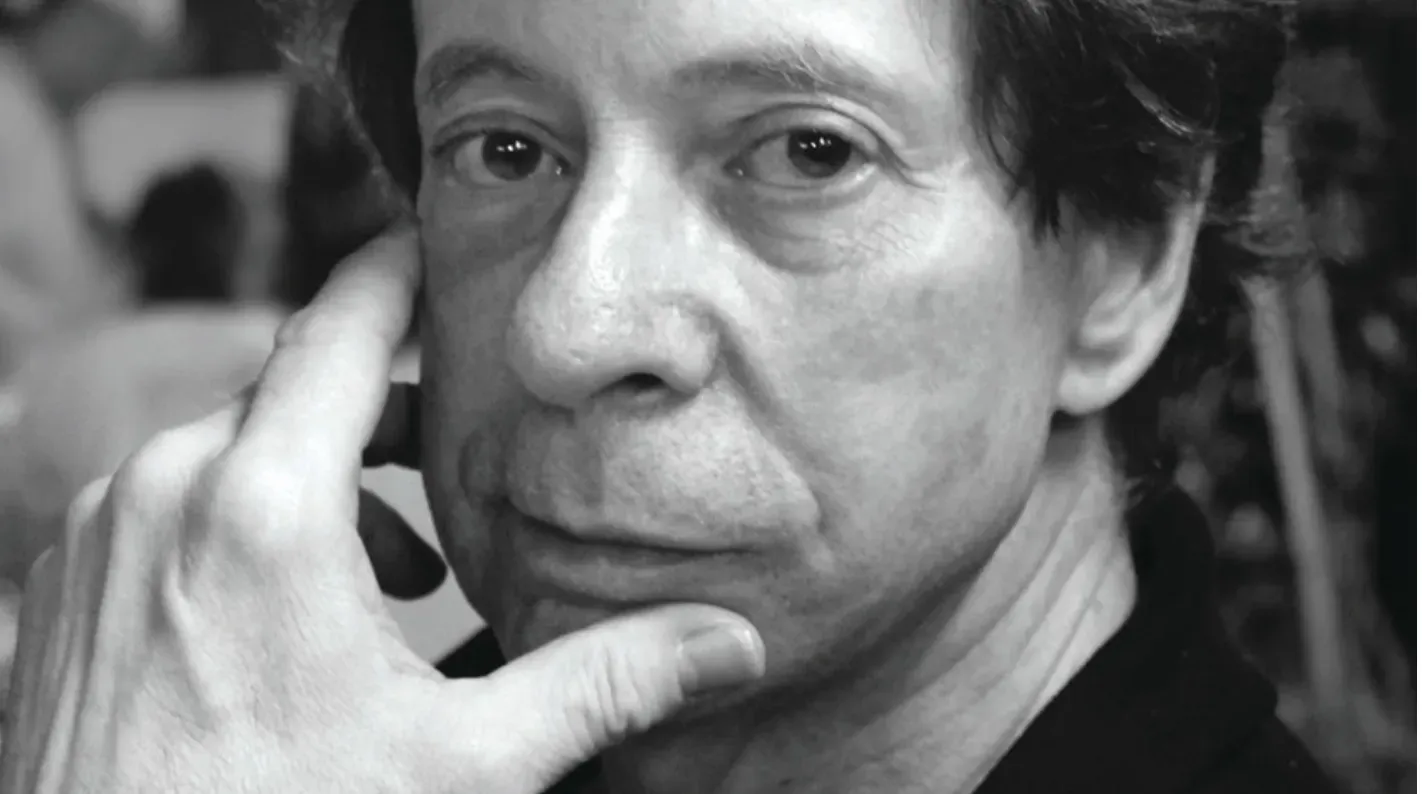
“Richard is a vacuum cleaner when it comes to any world he’s trying to create,” David Simon told "Publisher’s Weekly" last year. “If he’s writing about cops, they’re the realest cops you’ve ever heard talk.” We long-form journalists love Price because he validates the kind of research and field and because, in his case, the work pays such dividends.
I can’t be the only one tempted to trace Price’s golden ear back to whatever Jewish Blarney Stone he kissed in the Bronx or street-talk tuning fork he picked up after. But I’m also tempted to look under its hood, to see which of Price’s mechanisms might be replicated by the humble writer of long-form nonfiction prose.
While his rep for killer dialogue won him a lucrative screenwriting career, Price actually dismissed this craft as “120 pages of Post-it notes shaping a pyramid with X number of characters at the base, who all have to reach the tip in two hours,” calling a film’s dialogue solely the product of what actors do with words onscreen.
But what Price brings to the page is something else and, to be frank, it’s fn crazy. Since it’s hard to do it justice without infringing on Price’s copyright, maybe I should just say that after spending the past few months with Price’s prose, I’m not sure if he’s technically a writer at all or some kind of…text magician?
Michael Chabon seemed to go at this issue in that 2008 NYRB review when, after the usual superlatives, he wrote:
Resorting with miraculous infrequency to the use of dialect spellings and other orthographical tricks, Price gets his characters’ words to convey subtle nuances of class, occupation, education, even geographical gradations of neighborhood, while also using them as a powerful vehicle for the transmission, in fits and starts, evasions and doublings back, of their interior lives.
On a more macro level, Chabon is referring to the perfect ratio Price strikes between note-perfect workaday utterances of lower-middle class city folk and the crazy flights of fancy their demotic speech produces every so often — and the hilarious way the speech registers can clash. Like in his 1998 novel "Freedom Land," when the reporter character Jesse clusters in a courtroom with cops and other reporters as the DA lays out the case against an accused child killer:
“Miss Martin went to great lengths not only to conceal the truth of what happened but also to dispose of the body in a most egregious manner.”
“Egregious and Kathie Lee,” someone behind Jesse whispered.
This kind of grim, pop-culture-savvy wisecrack runs throughout the corpus, and it speaks to a general attunement Price seems to have with the actual people in these lumpen masses. As opposed to the sense of authorial condescension you feel in Tom Wolfe’s giant slabs of putatively Zola-esque social-realism, whose characters tend to talk like caricatures.
“Cops are [such] freelance cultural-reference spritzers,” Price told "Vanity Fair." “That is what they share with hip-hop lyricists, this free association. I do not know if it is because the culture is a street culture, or growing up on TV, or…just being quick-witted because you have to be.” If you can see cops and MCs in the same camp, you’ve gone rather deeper than the average showrunner or genre novelist.
Price’s characters don’t just say hilarious and ridiculous things, they hear themselves saying hilarious or ridiculous things and either twinge, blanche, or explode. Supposedly, his screenplay for the ’80s serial-killer film "Sea of Love" drew on his early murder-less novel "Ladies Man," a report from the frontlines of the late-70s singles-bar scene which is actually darker than the film and, thanks to its Bronx-born narrator, much, much funnier.
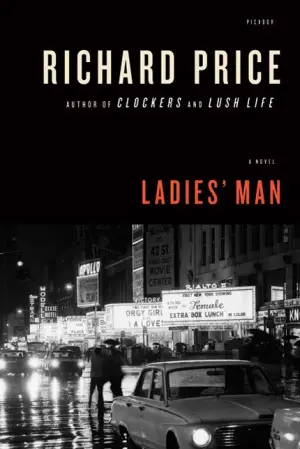
When this guy meets another arriviste at a Manhattan nightclub, a whole tragicomic backstory of class self-consciousness swells in a single code-switching exchange. “The guy sounded Brooklyn despite his Ivy threads and my accent degenerated until I talked like an extra from 'Marty.'” Then:
“You from Brooklyn?”
“Yeah.” He smiled. “You?”
“Manhattan.” I made it sound like Brooklyn.
Which brings us to Chabon’s point about “resorting with miraculous infrequency to the use of dialect spellings and other orthographical tricks.”
Part of this miracle derives from the PhD dissertation on typography that Price leaves inside each set of quotation marks. Check out how he uses nothing but commas to render the unhurried, overconfident flow of a homicide detective addressing a crowd of potential witnesses in "Lazarus Man" logical sentence construction be damned:
Maybe you noticed an unfamiliar individual either hanging around or coming into or out of the building this morning before the collapse, maybe you saw someone running, or heard raised voices, any detail you can share with us, no such thing is too minor, it could be a small piece of the puzzle that’ll help us start to put things together, ok?
Audibly, palpably, this is the kind of rambling, full-throated address that only comes from a beefy forty-ish white dude wearing either a whistle around his neck or a service revolver on his hip.
For a while I’d assumed that this kind of trick was something Price found later in his career, similar to how screenwriter-director Cameron Crowe developed his dialogue-writing skills by transcribing hundreds of hours of interviews as a "Rolling Stone" journalist.
But even the early novels are dotted with flashes of truly uncanny aural sprezzatura. Like a passing moment in "Ladies Man," when the narrator and a buddy are sitting stoned in his apartment, when this happens:
We stared at each other for a whole minute. A scratchy 45 was stuck on “Kick mah heels up an’,” “Kick mah heels up an’,” “Kick mah heels up an’.”
I mean, what the fuck: no mention of the Isley Brothers, no italicized lyrics, no em-dash, hyphen, or any other road sign but quotation marks, and yet not only is the sound but the whole room instantly there in your head. I’m a big enough fan of Sally Rooney that I’ve tolerated the page-length paragraphs of unpunctuated, barely differentiated bits of speech, thought, and action in her latest book, "Intermezzo." But after spending the past few weeks with Richard Price, this feels like nothing but the affectation of an insecure writer.
As is probably obvious, Price’s magic act can only be done in print. “Books are for the eye,” he told the writer Robert Birnbaum. “You are reading it on the page. That's the problem I have with audio books, they [books] are not meant to be listened to.” Hard agree.
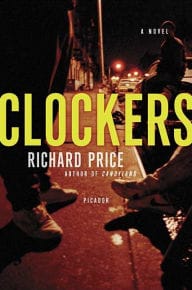
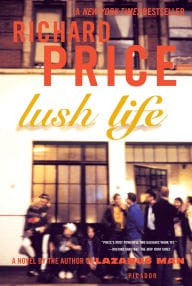
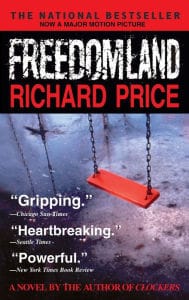
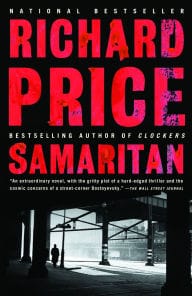
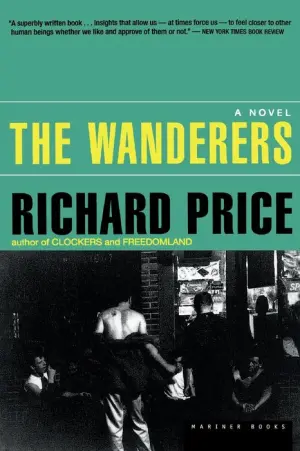
But his mastery isn’t just in his way with the patois, slang, or sound of human speech. It’s in the way he captures people, ideas, and images common to noir or hardboiled fiction in an entirely new way, as if they’ve never been described before.
A cop in "Freedomland" spots a woman who’s “young, but her face had that caved-in, pugilistic profile of a longtime heroin addict.” A teenage crack dealer clocks a county worker in a police station, “a soft hairy man in glasses with curvature of the spine and a low-slung potbelly under his belt like his ass was on backwards.”
You see these exact physical features thousands of times in any city but when have you ever seen them captured like a snapshot, with such a specific implicit observer? Which brings us to a more organic aspect to Price’s observational mode, which clearly dooms all imitators. The fact that you can’t write like Richard Price without being Richard Price.
In January, I went to see him speak at the New York Public Library’s Stavros Niarchos Foundation (which you can hear on WNYC’s stream, including me asking him an impertinent question about sex scenes). He was there to discuss "Lazarus Man,"whose title refers to an adrift 42-year-old, mixed-race man who gets pulled from the rubble of a collapsed building 36 hours after it falls, and begins to transform people in the neighborhood. (I won’t review the book here other than to say it’s a sweet, moving portrait of another New York City neighborhood largely erased by gentrification — like "Lush Life" without a murder and with a mystery that’s largely spiritual. It’s good.)
In person, Price comes off as what they used to call a “real character”: pale, dark-haired, with baggy stakeout eyes, he lists slightly to the left when seated, casting sidelong glances and pulling wan aperçus from somewhere just out of shot and to the right. He’s the wiseguy radio operator in a platoon movie. A handicapper at the racetrack. If these sound stock or archaic, it might be because they don’t really make white-guy writers like him anymore.
He’s not a youthful 75 so much as an ageless one, someone who’s probably had those dark circles under his Buster Keaton eyes since age 11, and retains an ominous verbal potency. He spoke fast and with very slight traces of the Bronx (“daughter” = “dorter”) and the intermittent lingual click of a senior citizen, his voice dropping and black eyes popping out to underscore certain lines.
It took Price ten years to write "Lazarus Man" because, as he told "Vanity Fair"— ten years ago — he didn’t want to write it “like a white guy who thinks he knows the black experience — ‘sure, it is a big Harlem book, I gave it to a white guy to write’” he said. “But I want to write about where I live now and it just happens to be Harlem.”
The book’s threshold character is a young street photographer from an upstate ‘burb, who perceives Harlem from our own slight remove. At the NYPL discussion, this character’s calling prompted someone to ask Price to name his favorite street photographer.
“Well, WeeGee’s the cliché, he began, then dropped an octave and popped his eyes to voluptuously add “but I loooooove me some Weegee.”
He also named Bruce Davidson, the German portraitist August Sander, James Van Der Zee, Sugimoto, the Malian society portraitist Malick Sidibé, and a photographer named Joseph Rodriguez, who sounds like Travis Bickle with a Nikon.
“He was driving a cab at 4:40 in the morning in the late ’80s,” said Price. “He would go past when the leather bars were closing down and the drag bars were closing down. He would do portraits of the people hailing him.”
At some point, the menial scribbler who comes to Price seeking shortcuts and dialogue pro-tips has to face the fact that the first world Price picked up through osmosis was literature — which he began devouring as a middle schooler whose report card, per his NYTBR essay, “looked like a dead man's EKG except for a brief, bright, persistent spasm of activity in English year in, year out.”
That is, we mortals have to reckon with the fact that he isn’t just a brilliant writer of dialogue. He’s just a brilliant writer.
Yes, his ear got pinged in college when he read Selby’s "Last Exit to Brooklyn" and, he says, it “triggered the rhythms of my instincts about how I’d like to write. Dialogue that sings; sentences that make you go: ‘Where’d this word come from?’”
But I still think that this literature awakened something latent in Price, that it harnessed some instinct forged much earlier in his life. That it gave a form for this voracious eye, ear, and mouth to express itself. And that Price isn’t just a brilliant writer, but one of a kind.
True, in person he comes off less like a contributor to "TNYRB than a creation of Clifford Odets, or even Paul Schrader. There’s little secret to Price’s attraction to the photography of ‘80s taxi driver Joseph Rodriguez — rolling through the city at 4:40 am, passing leather and drag bars, picking up fares and shooting their portraits. He probably feels they have more or less the same job.
The New York that inspired people like Rodriguez produced Richard Price, tuned him up, and set him loose, and, apparently, still inspires him. In fact, he seems to treat it with a kind of religious devotion or, as a recovering cocaine addict, a kind of Higher Power.
“New York City is 1,000 cities,” he told the assembled fans. “Move five blocks, you’re in a different one.” And whatever we thought a second earlier, we all instantly knew, in our hearts, this must be true.
--
Chris Norris has been published in Spin, New York, NYer, NYT Mag, Film Comment, Rolling Stone, and is co-author RZA’s "The Tao of Wu." (Substack will not let me place a link here that works. Go to the Substack site and search for Chris Norris and subscribe to his weekly essays. You won't be disappointed.)
BOOKS: "Every Man a Menace" by Patrick Hoffman
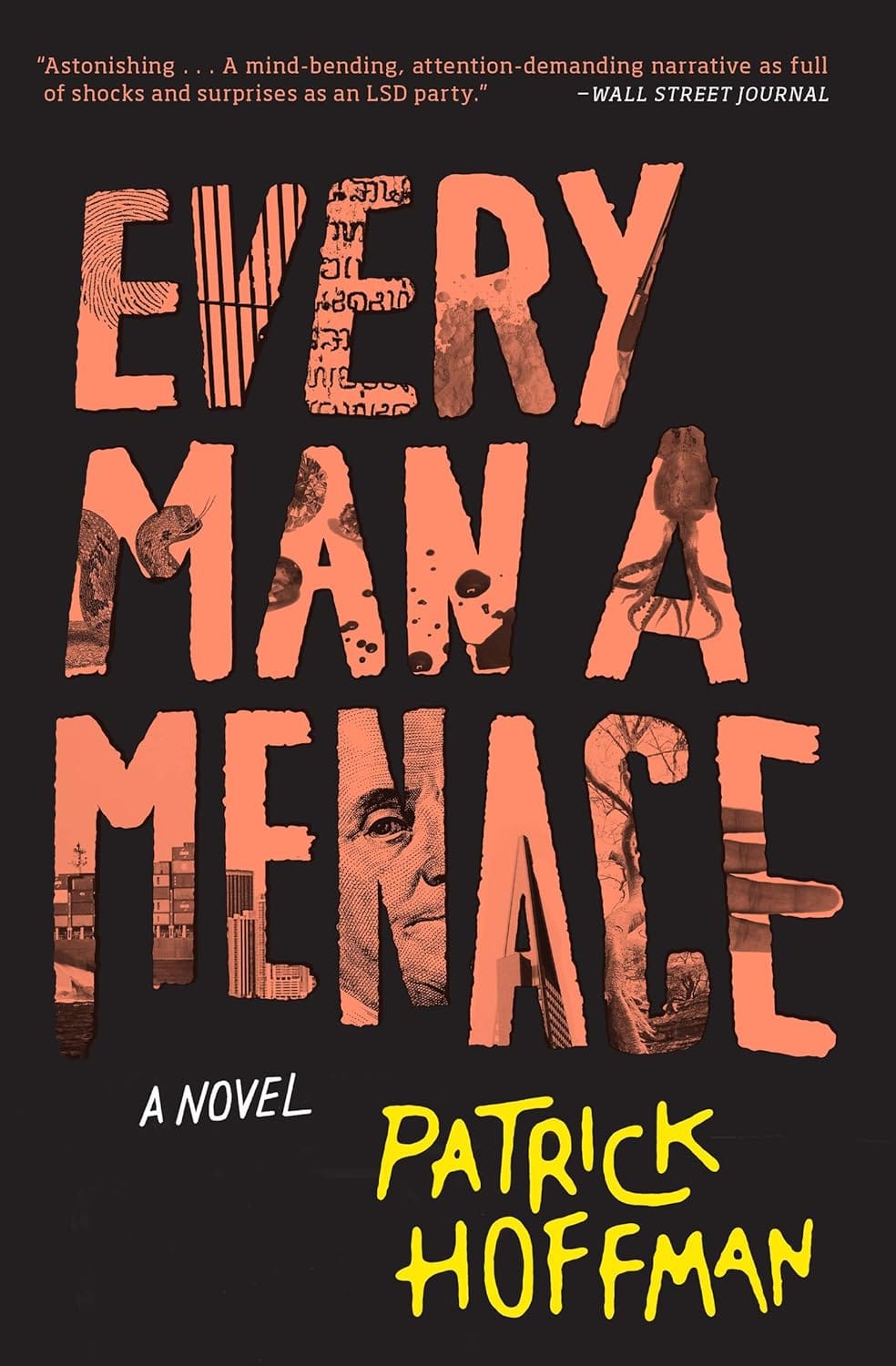
This book reads so fast I had to stop multiple times and ask myself, how the hell is Patrick Hoffman doing this? A muscle car novel screaming off the light on the miracle mile and the reader is the kid trying to grab the Benjamin tacked to the dashboard. Forget about it.
Caution. This one is not the most violent pulp out there, but certainly the needle is in the red on the gauge.
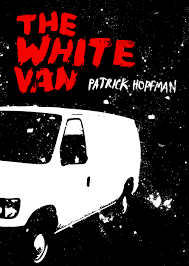
Patrick Hoffman is a writer and private investigator based in Brooklyn, NY. His first book, "The White Van" was a finalist for the Crime Writers' Association Ian Fleming Steel Dagger Award and was named a "Wall Street Journal" and "San Francisco Chronicle" Best Book of the Year. His highly anticipated follow-up, "Every Man a Menace" came out in 2016, and was again named one of the ten best of the year by the "Wall Street Journal."
This novel was published nine years ago, but it remains a touchstone on what a contemporary hard crime novel has to do: 1.) Feel real in situation, character, and in fact. 2.) Move on the page quickly. 3.) Be wide enough in location and character that the reader experiences a world. 4.) And like it or not, it has to feel open at the end. There should be a hook that stays with the reader.
Finally, I have to say that Part One of this novel could been a short story in a literary magazine. Hoffman writes the inner life of the character masterfully.
--
MUSIC: Live at Lincoln Center "The Dukes of September"
I never thought that the later Steely Dan sound could ever be done live. I only wish I had this album on vinyl and could hear it on the sound system that it deserves. Perfection.
--
MUSIC: Live old school Boz Scaggs: "Lido Shuffle"
Not the best sound quality here, but it so cool to see Boz work his band back in the day. He is a king.
--
MUSIC: Live Traffic "Low Spark of High Heeled Boys"
Thanks for reading and listening. Take care of yourself and your community. Stay in touch.
Book, music, screen & fiction reviews can be found at dandomench.com - a forever free secure site with the highest privacy standards. Your free login is your email and name. Your participation is not public. Your info is never shared. If you contribute, THANK YOU. Your payment information is never stored here. Add this website to your address book.

